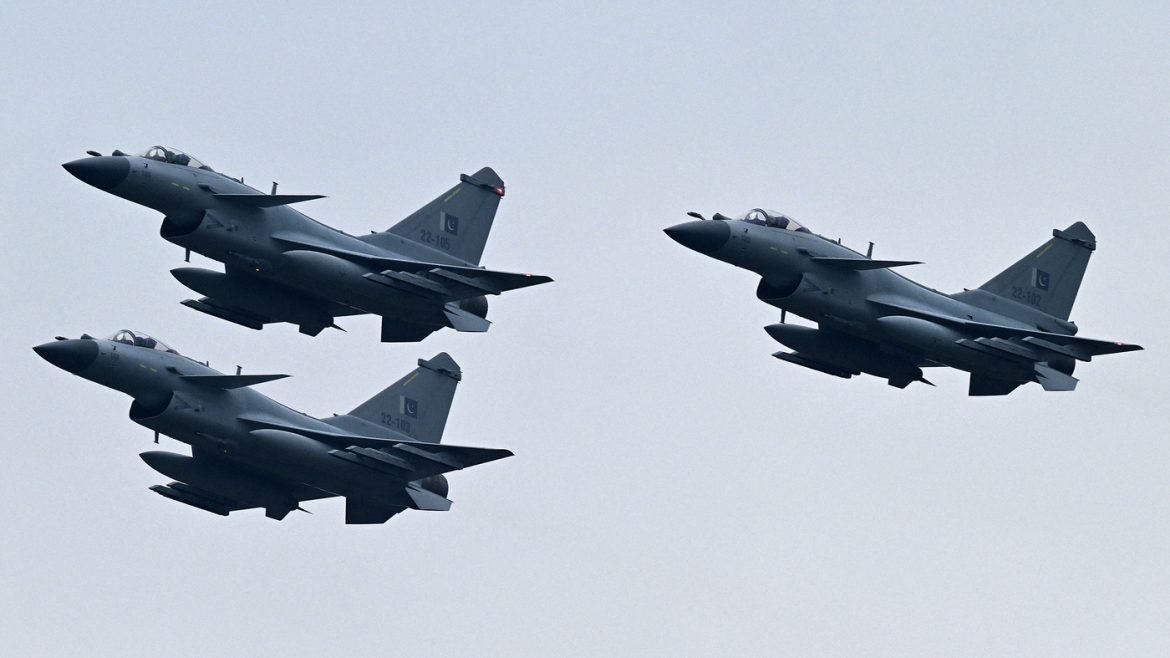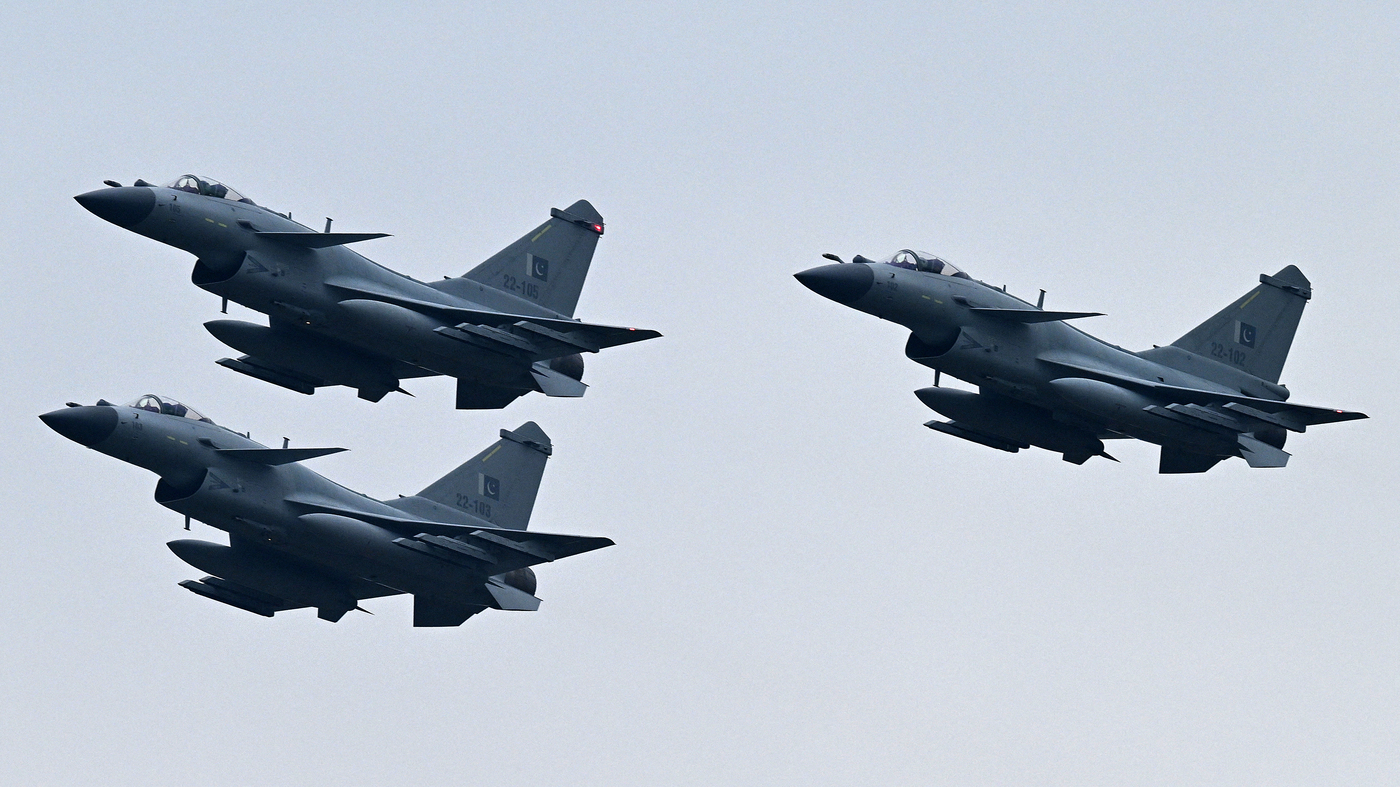The Emergence of Chinese Fighter Jets in South Asian Conflict: A New Era for Pakistan and Regional Security
—
The recent conflict flare-up between Pakistan and India, marked by cross-border military strikes in May 2025, has introduced a significant development in South Asian military dynamics: the first combat use of Chinese-made fighter jets by Pakistan. This momentous event holds profound implications not only for the long-standing India-Pakistan rivalry but also for the broader geopolitical and military balance in the region and beyond.
The Context: Pakistan-India Hostilities and Military Modernization
The India-Pakistan conflict, deeply rooted in historical, territorial, and sectarian disputes, periodically escalates into military confrontations despite efforts at diplomatic resolution. The May 2025 exchanges underscored persistent tensions, with intense aerial engagements illuminating the evolving nature of warfare in the region.
Notably, for the first time, Pakistani pilots operated the Chinese J-10C fighter jet during active combat. This marked shift in equipment showcases Pakistan’s strategic effort to modernize its air force, diversify its military partnerships, and enhance its defensive and offensive capabilities. Chinese military technology, long perceived outside the dominant Western sphere of influence, is rapidly gaining credibility through operational success.
The J-10C in Combat: Demonstrated Capabilities and Impact
Based on multiple credible reports and anonymous U.S. official sources, the J-10C fighter proved formidable in air-to-air engagements, credited with shooting down at least two Indian fighter aircraft during the four-day skirmish. The aircraft’s employment not only marks China’s first major combat test of this platform but also offers a rare insight into the performance of its air-to-air missiles, particularly the advanced PL-15 missile.
This operational debut challenges conventional assumptions about Chinese military hardware’s inferiority relative to Western and Russian systems. Indeed, the J-10C demonstrated competitive performance against Indian jets, including French-made Rafale fighters and Russian Su-30 MKI aircraft, signaling a significant leap in Chinese aviation technology and weapon systems integration.
Broader Implications for Pakistan’s Air Power and Military Strategy
Pakistan’s acquisition and combat deployment of Chinese fighter jets underscore a deeper strategic realignment. Beyond J-10Cs, Pakistan is reportedly set to receive the fifth-generation J-31 (also known as FC-31) stealth fighters, which could replace aging American F-16s and further strengthen its aerial dominance. The J-31s, inspired by American designs like the F-35 and F-22, represent a qualitative upgrade that may alter South Asia’s aerial power balance substantially.
Such acquisitions are part of Pakistan’s broader military modernization, reflecting its priority to counterbalance Indian air capabilities amid ongoing security challenges, especially over disputed Kashmir. Chinese military assistance, encompassing fighters, missiles, and air defense systems, positions Pakistan as a regional force increasingly equipped with advanced, integrated Chinese weaponry that enhances deterrence and operational readiness.
Regional Security Ramifications and Strategic Balance
China’s growing role as Pakistan’s prime arms supplier reshapes the strategic calculus in South Asia. It ties Pakistan more closely to Beijing in a security partnership that complicates India’s defense planning and contributes to a multi-polar regional order. India, witnessing its adversary’s new capabilities, is likely to accelerate its own procurement and indigenous development programs to maintain aerial superiority.
Moreover, the demonstrated capabilities of Chinese fighters elevate concerns beyond South Asia. Chinese military successes, even by proxy, stir nationalist pride domestically and send strategic signals to Taiwan and other regional actors wary of Chinese assertion. This extends the influence of China’s defense technology from a localized conflict into a broader geopolitical contest.
Economic, Operational, and Technological Considerations
While Chinese fighter jets and missile systems offer Pakistan cost-effective and cutting-edge options, there are complex economic and operational challenges involved. Integrating new platforms requires updated training, maintenance infrastructure, and logistical frameworks, alongside doctrinal adaptations.
Nevertheless, the operational success of the J-10C amid high-intensity aerial combat cost-efficiency debates aside, positions Chinese military exports as credible and desirable alternatives for countries seeking to diversify from Western or Russian dependencies.
The US and Global Response
The Washington and allied intelligence communities are keenly observing this evolution. The Pakistan-India clash serves as an inadvertent testing ground for Chinese military technology, prompting reassessment of Chinese arms’ performance and reliability. This has ripple effects on global arms markets and defense diplomacy, influencing arms sales, military alliances, and readiness strategies worldwide.
For the US and its allies, the growing China-Pakistan defense nexus presents challenges in containing China’s regional influence and maintaining military advantages. It also demands recalibrated approaches to South Asian security, balancing diplomatic engagement and military preparedness.
—
Conclusion: A New Chapter in South Asian and Global Military Dynamics
The first combat use of Chinese-made J-10C fighter jets by Pakistan marks a transformative moment in South Asian conflict and global military technology perception. Beyond the immediate tactical outcomes, it epitomizes a deeper strategic realignment, signaling China’s emergence as a serious military technology exporter and Pakistan’s strengthened air force capabilities.
This development will likely accelerate regional arms competitions, influence future conflicts, and compel global powers to rethink military strategies and alliances. The reverberations of this combat debut extend beyond the India-Pakistan theatre, shaping the trajectory of 21st-century warfare and geopolitical power balances.


